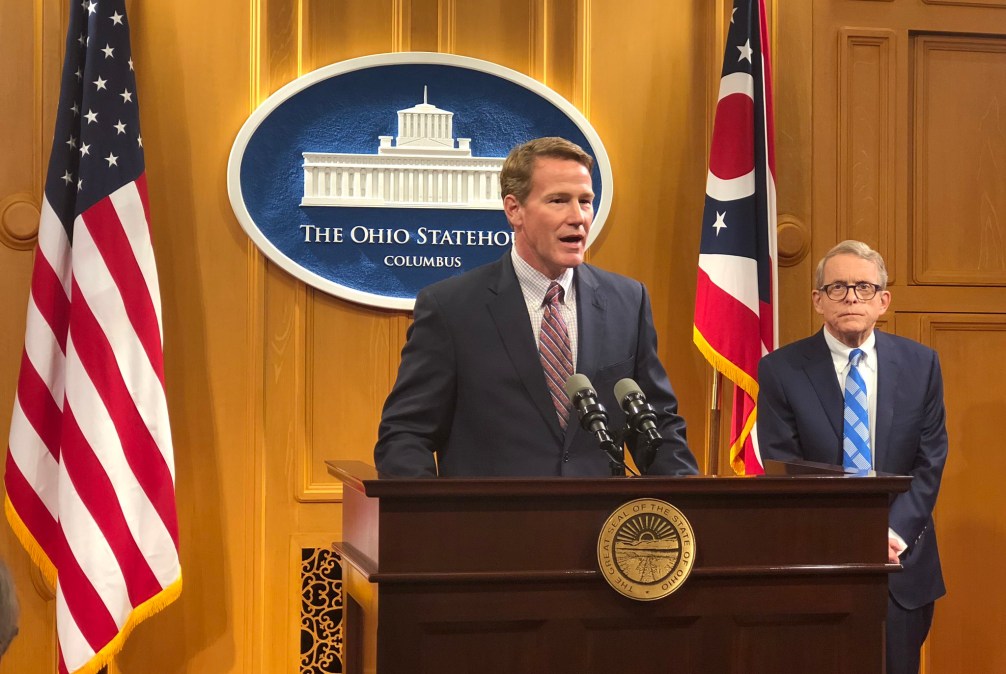Ohio’s new AI toolkit seeks to guide K-12 policy

Ohio on Thursday released a toolkit that provides K-12 educators with resources to develop policies for using artificial intelligence in the classroom.
The five-part AI Toolkit, which was developed with the nonprofit AI Education Project, includes guidelines that educators can use to create policies that are best suited for their communities, according to a state news release. Considerations of the policy toolkit include student privacy, data security and ethical implications. It also provides teachers with resources to prepare students for a workforce that is increasingly driven by AI, according to Ohio’s news release.
Ohio Lt. Gov. Jon Husted last year led three public forums with the state’s digital services platform, InnovateOhio, where participants asked for guidance on AI use in K-12 settings for teachers, parents and policymakers. Husted said he partnered with the AI Education Project to create the toolkit, which he said he hopes will boost AI literacy.
“The predominant request was educators wanting help implementing the technology in the classroom,” Husted said in the release. “This toolkit is a resource for those who will prepare our students for success in an AI world. It continues our work to ensure Ohio is a leader in responding to the challenges and opportunities made possible by artificial intelligence.”
Rather than setting explicit rules, the toolkit encourages leaders to identify their schools’ values and goals to guide policy development. The toolkit also points to other states, including California and Michigan, that have created similar frameworks for schools drafting AI policies.
“The more resources we place in the hands of school leaders, educators, families and students, the better positioned we will be to use AI tools thoughtfully and responsibly,” said Stephen Dackin, director of the state’s Department of Education and Workforce. “Our schools are preparing students to be successful when they graduate and this AI Toolkit can spark discussions, create learning opportunities and provide a structure for what works in Ohio’s classrooms and local learning communities.”


